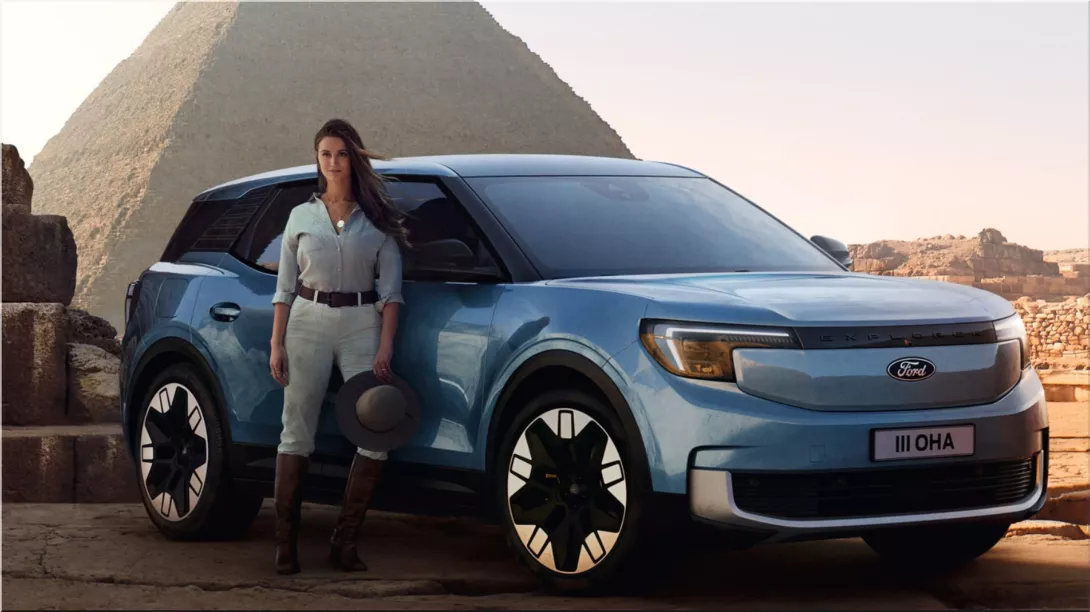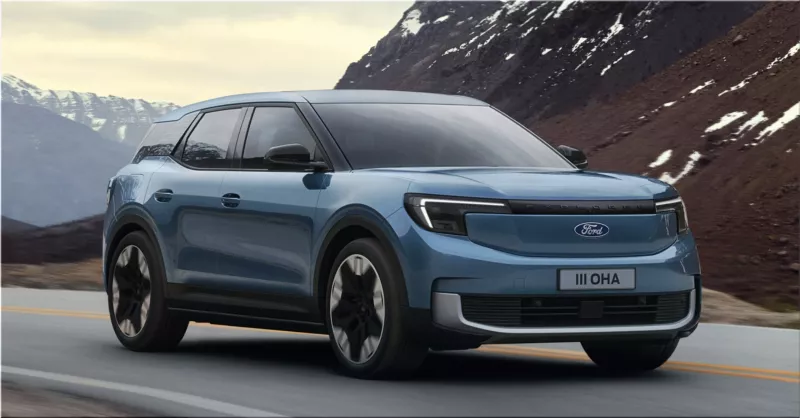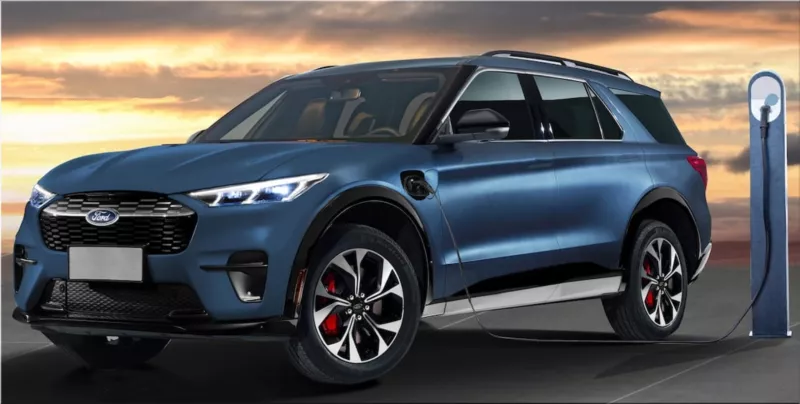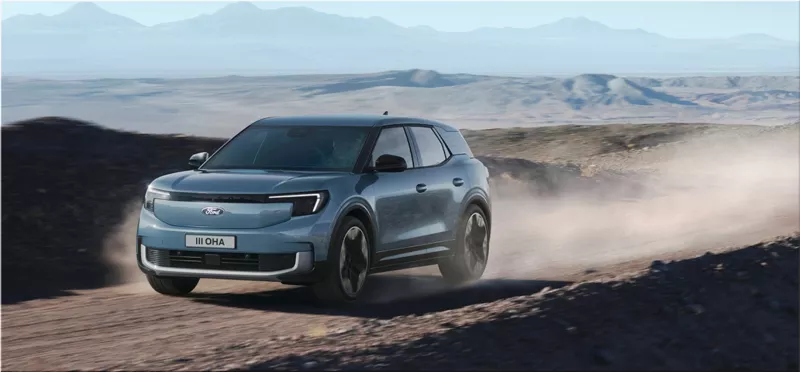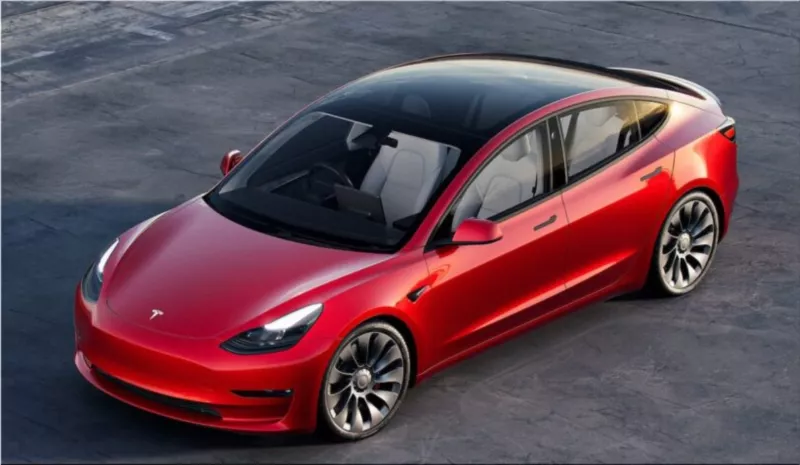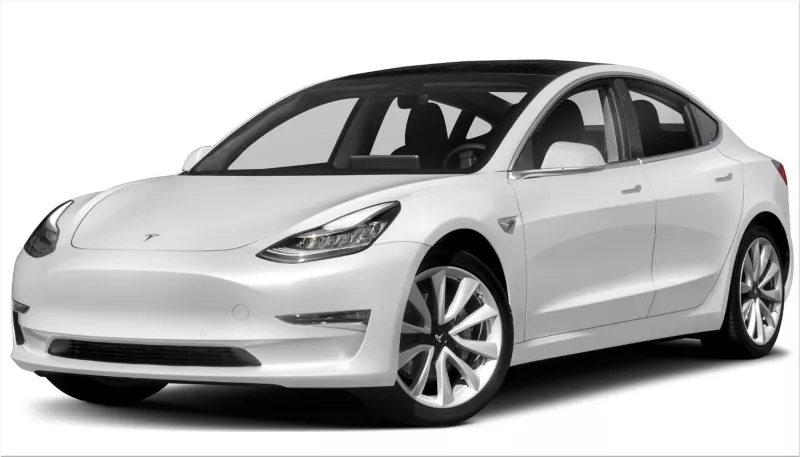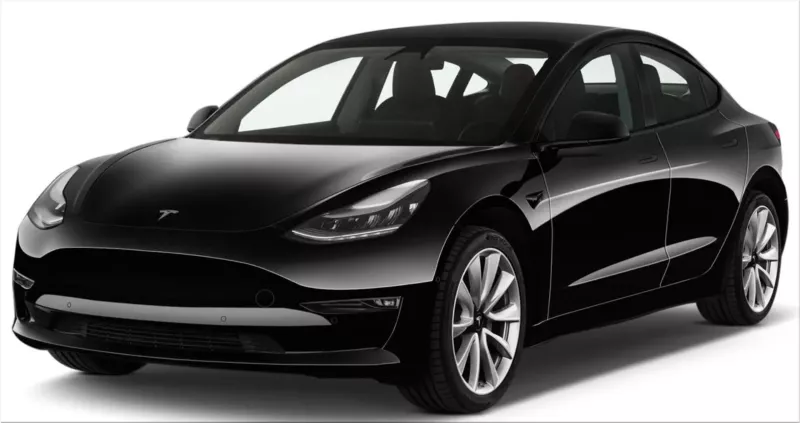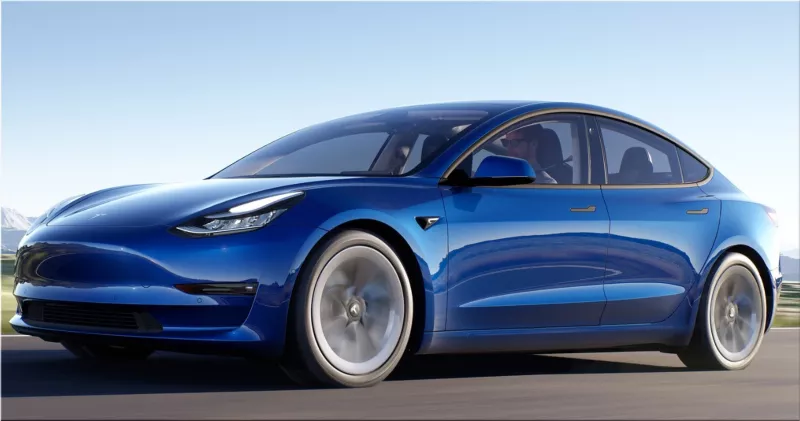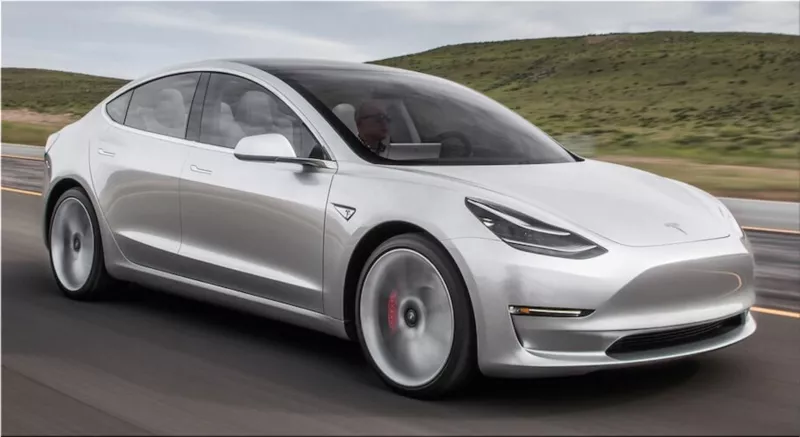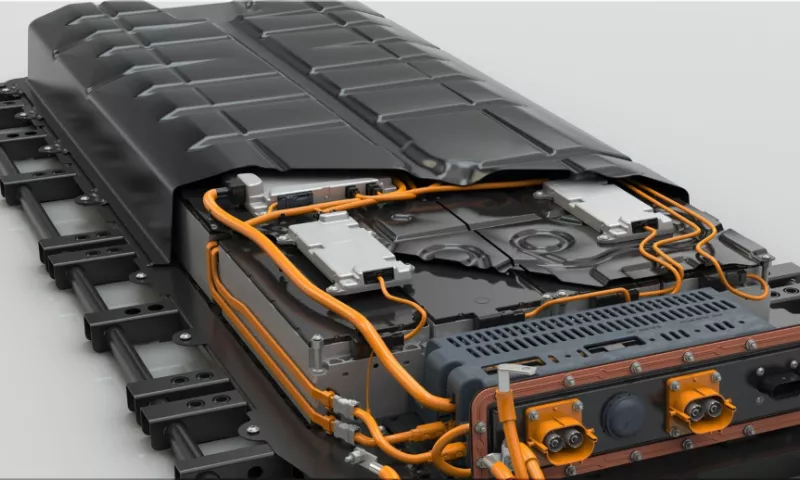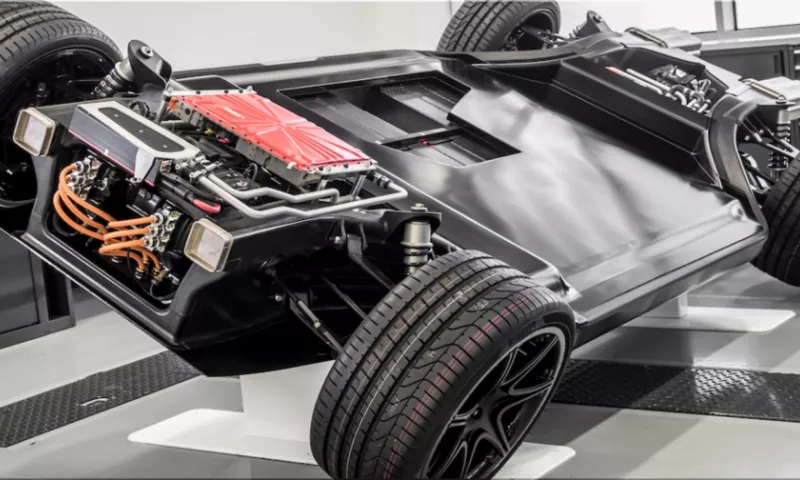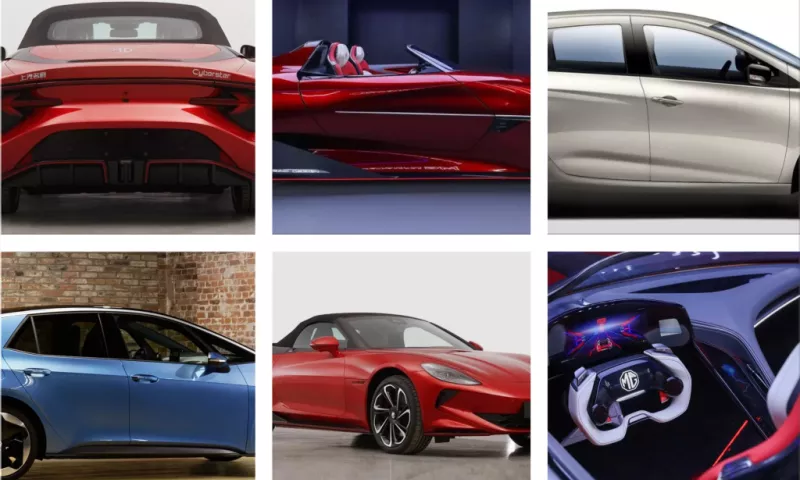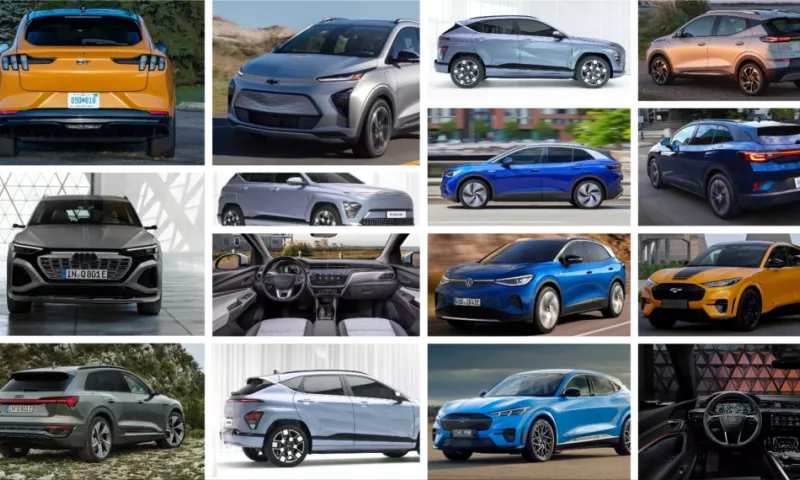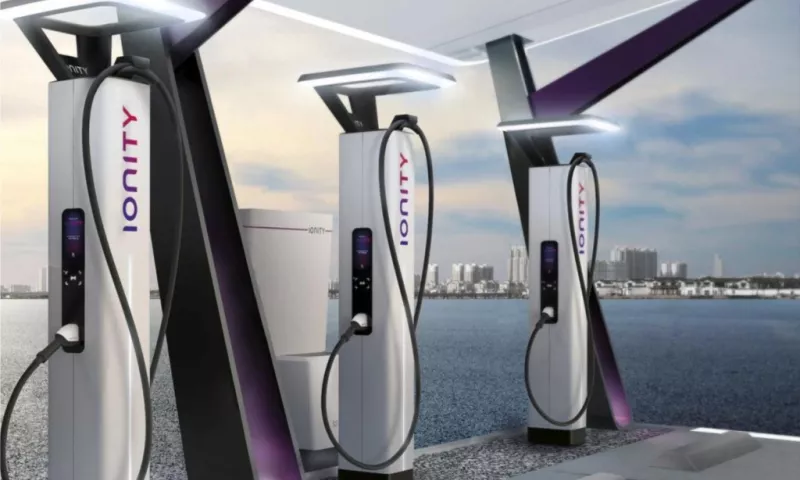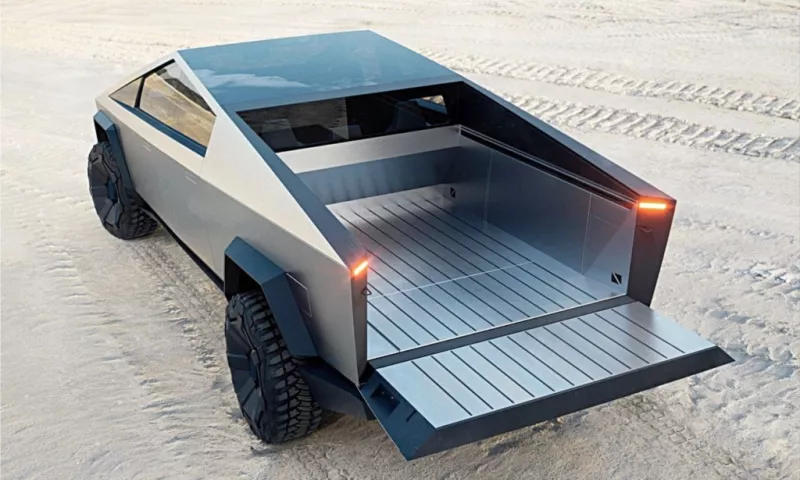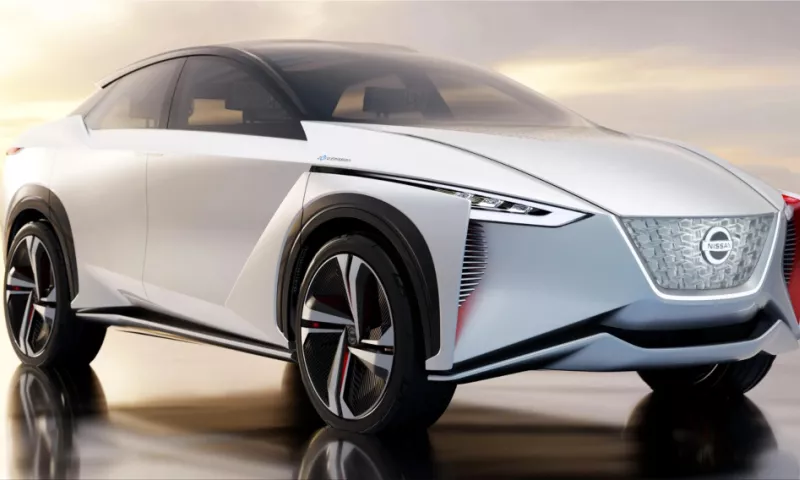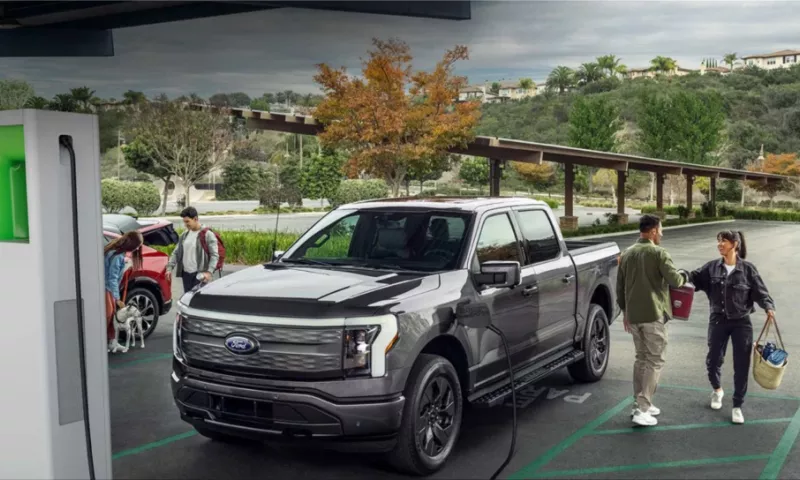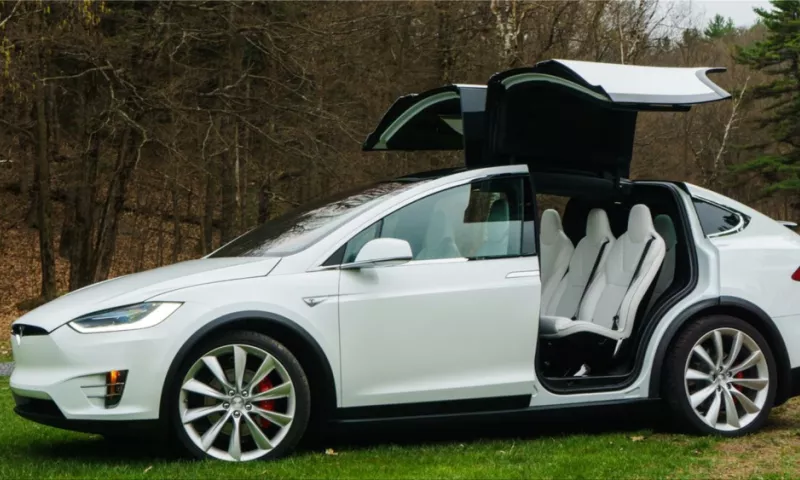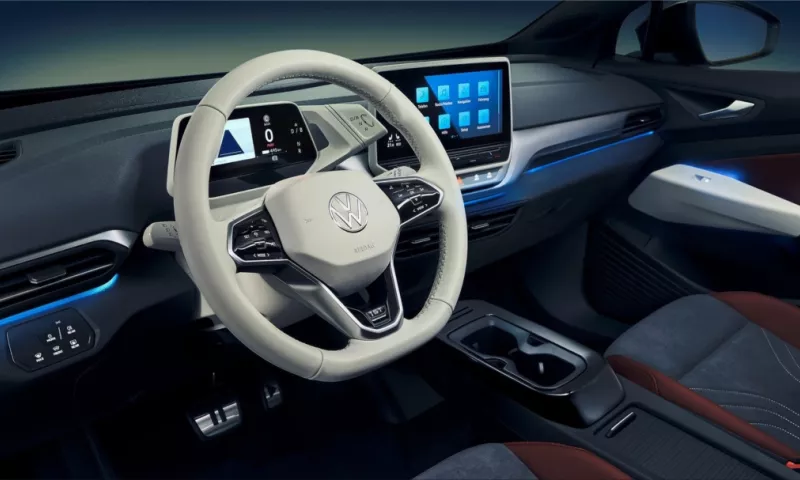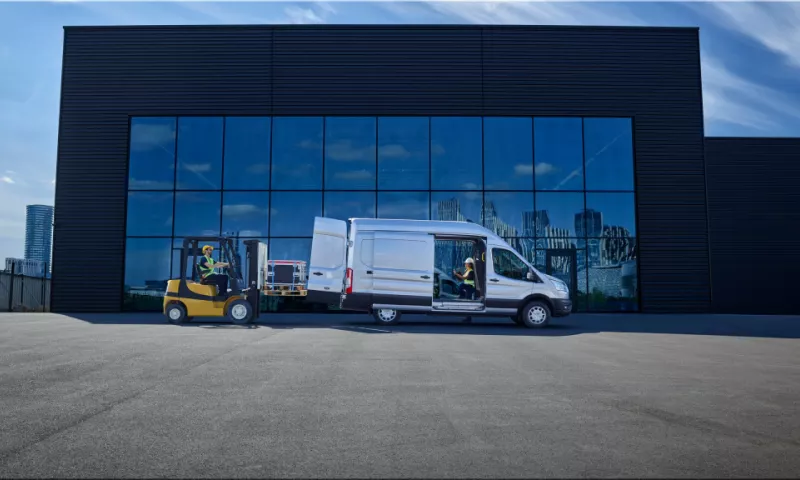Electric vehicles (EVs) are increasingly becoming preferred due to their environmental friendliness, lower upkeep expenses, and enhanced range and performance. Yet, many drivers express concern about the feasibility of road trips with EVs, primarily due to uncertainties regarding the availability and usage of charging stations en route. This article is designed to alleviate these concerns and provide practical advice on planning an enjoyable road trip with an electric vehicle, drawing from personal experiences and expert suggestions.
Selecting the Ideal Electric Vehicle for Your Road Trip
The first step involves choosing an electric vehicle that aligns with your specific road trip requirements. The EV market offers a variety of options, including battery electric vehicles (BEVs), plug-in hybrid electric vehicles (PHEVs), and range-extended electric vehicles (REEVs). Each category has its unique set of pros and cons, influenced by factors such as range, charging duration, charging station accessibility, and cost.
Battery Electric Vehicles (BEVs) are entirely electric cars powered solely by batteries. They're eco-friendly with zero tailpipe emissions and typically have lower operating costs than traditional fuel-based vehicles. However, they do come with certain limitations, such as a restricted range and the need for regular charging. This can pose a challenge in regions with few or inefficient charging stations. On average, BEVs can travel around 250 miles per charge, although this can fluctuate based on factors such as the specific model, driving conditions, and battery health. Some popular BEVs include the Tesla Model 3, Chevrolet Bolt, Nissan Leaf, and Hyundai Kona Electric.
On the other hand, Plug-in Hybrid Electric Vehicles (PHEVs) can operate on both electricity and gasoline. They feature smaller batteries than BEVs but have the added advantage of a gas engine that kicks in when the battery depletes, providing them with greater range flexibility. However, this dual-power system results in higher emissions and increased maintenance costs. Typically, a PHEV can cover about 50 miles solely on electricity, but this range can extend significantly with a full gas tank. Notable PHEVs include the Toyota Prius Prime, Ford Escape Plug-in Hybrid, Honda Clarity Plug-in Hybrid, and Volvo XC60 Recharge.
REEVs and PHEVs share some similarities, but they differ in their configuration. REEVs have larger batteries but smaller gas engines, functioning as generators to charge the battery when required. This allows them to run on electricity most of the time while having the alternate option to use gas for extended trips or emergencies. Typically, a REEV can travel around 150 miles on electricity alone, extending to over 200 miles with a full gas tank. Examples of REEVs include the BMW i3 REx, Chevrolet Volt, and Karma Revero.
The choice of an electric car for your road trip should depend on factors such as travel distance, budget, driving style, and personal preferences. If your goal is to reduce your carbon footprint and save on fuel costs, a BEV or a REEV could be your best choice. Alternatively, a PHEV or a gas-powered car might be more suitable if you prioritize flexibility and convenience. It's also beneficial to compare different models' features and specifications, including battery capacity, charging speed, performance, safety, comfort, and technological capabilities.
Pre-Planning Your Route and Charging Stops
The second step in preparing for your road trip is to pre-plan your route and charging stops. Unlike gas stations, which are plentiful and straightforward to use, charging stations can be more challenging to locate and utilize. This makes research and preparation before embarking on your journey essential.
Planning your trip and charging stops can be a breeze with the help of online tools and apps designed to locate charging stations on your route. Here are a few of the most popular ones:
- Google Maps: Search for "electric car charging stations" or "EV charging stations" to find the nearest ones to your current location or destination. Google Maps allows you to filter results by plug type, network provider, availability, price, and rating. It also provides directions and estimated travel times between charging stops.
- PlugShare: This is a comprehensive global database of charging stations. With the PlugShare website or app, you can locate charging stations near you or along your route. Results can be filtered by plug type, network provider, availability, price, rating, amenities, and photos. PlugShare also offers a trip-planning feature, allowing you to share your itinerary.
- A Better Routeplanner: Specifically designed for electric car road trips, A Better Routeplanner allows you to input your car model, battery level, destination, and preferences. It then uses real-time data and simulations to calculate the optimal route and charging stops. The tool also allows for adjustments to various settings, including speed limit, weather conditions, driving style, and energy usage.
When using these tools and apps to plan your route and charging stops, consider the following factors:
- Range: The range refers to the distance your electric car can cover on a single charge, which is influenced by factors such as battery capacity, driving conditions, and battery wear and tear. It's advisable to allow for unanticipated circumstances like heavy traffic, detours, hilly terrains, or chilly weather. A practical guideline is to start charging when your battery level hits 20% or less and stop once it's 80% or more. This tactic ensures you have sufficient range to make it to the next charging point while also charging your vehicle efficiently and quickly.
- Charging Time: Charging time is the duration it takes to power your electric car from one battery level to another, determined by the charging speed, denoted in kilowatts (kW). The faster the charging speed, the shorter the charging time. However, the charging speed can fluctuate based on the battery level, temperature, and type of charger. Generally, the charging speed is quicker when the battery level is low and slower when it's high. Thus, charging from 20% to 80% is more efficient than charging from 0% to 100%. The charging time can vary with alternating (AC) and direct (DC) chargers. AC chargers are more prevalent and affordable but offer lower charging speeds, normally between 3 kW and 22 kW. On the other hand, DC chargers are rarer and costlier, but they offer superior charging speeds, usually between 50 kW and 350 kW. DC chargers are often referred to as fast chargers or superchargers.
- Availability: This refers to the likelihood of finding a free and functional charging station when you need it. The number, location, and popularity of the charging stations in your vicinity influences this. Online tools and apps like Google Maps, PlugShare, or A Better Routeplanner can be used to track station availability. However, keep in mind that availability can fluctuate due to factors such as high demand, weather conditions, or maintenance schedules. As a precaution, always have a backup plan. Apps like ChargePoint, Electrify America, or Tesla can also be used to reserve or prepay a charging station.
- Price: This is the cost incurred to charge your electric vehicle at a station, determined by the network provider, charger type, electricity rates, and charging duration. Online tools and apps like Google Maps, PlugShare, or A Better Routeplanner can help you determine station prices. These prices can vary based on factors such as demand, the time of day, or location. Always compare different options to find the best value for your money. Apps like ChargePoint, Electrify America, or Tesla can facilitate payment for a charging station via a credit card or mobile wallet.
When charting your route and planning charging stops, aim to maximize your time and experience. For instance, you can:
Maximize Your Electric Car Road Trip Experience
Enjoying a road trip with an electric car entails strategic planning, efficient routing, and mindful driving. Here are some tips to enhance your journey:
- Incorporate charging stops into your itinerary: Utilize online tools and apps to locate charging stations near attractions, restaurants, hotels, or rest stops of interest. This allows you to explore and relax while your electric car recharges.
- Plot your route and estimate mileage ahead of time: Use digital resources to calculate your car's potential mileage and consumption based on your vehicle model, desired route, and driving habits. This not only helps alleviate range anxiety but also boosts your driving efficiency.
- Stay adaptable and prepare a contingency plan: Use digital tools to identify alternate routes and backup charging stations. This keeps you ready for unforeseen circumstances and reduces stress.
Driving an Electric Car: A Rewarding Experience
Driving an electric car can be an exhilarating and fulfilling experience. Here's how you can optimize your car's range:
- Adopt energy-efficient driving habits: By following a few simple tips, you can reduce energy usage and extend your driving range:
- Smooth acceleration: Avoid abrupt acceleration or deceleration, which can deplete energy and limit your range.
- Consistent speed: Refrain from excessive speeding or frequent lane changes, which can increase air resistance and decrease your range.
- Utilize Cruise Control or Eco Mode: To optimize energy efficiency, make use of cruise control or eco mode whenever possible. These features help maintain a consistent speed.
- Employ Regenerative Braking: This feature is particularly useful when decelerating or going downhill. Regenerative braking recovers energy from the wheels and recharges the battery.
- Precondition Your Cabin: Preconditioning your cabin before driving can reduce the need for heating or cooling while on the road.
Relish the features and benefits of an electric car. Here are some notable advantages over traditional gas-powered vehicles:
- Silence and Smoothness: An electric car provides a quiet and smooth ride, free of engine noise or vibration. This allows for an uninterrupted listening experience, whether you're tuned into your favorite music or podcasts.
- Performance and Handling: Electric cars deliver quick and agile performance with instant torque and acceleration. Their low center of gravity and balanced weight distribution contribute to responsive and stable handling.
- Advanced Technology and Convenience: Modern electric cars boast a variety of features such as a touchscreen interface, navigation system, backup camera, wireless charger, and smartphone app integration. Additionally, charging your car at home or work saves you from frequent trips to the gas station.
- Understanding the Challenges and Opportunities of an Electric Car: Engage with the challenges and opportunities of an electric car by addressing its drawbacks and harnessing its potential. This includes:
- Managing Range Anxiety and Charging Etiquette: Alleviate range anxiety and understand charging etiquette by planning your journey and charging stops ahead of time, verifying the availability and cost of charging stations, establishing a contingency plan, and respecting other drivers. Embrace the benefits of driving less and more efficiently, including cost savings, lower emissions, and better health.
- Adapting to the Electric Car Culture and Community: Acclimate to the culture and community surrounding electric cars by familiarizing yourself with the specific rules, safety guidelines, incentives, and resources available for electric car drivers worldwide. Engage with fellow electric car drivers and enthusiasts by joining online forums, groups, or clubs, attending events or meetups, or sharing your experiences and insights.

